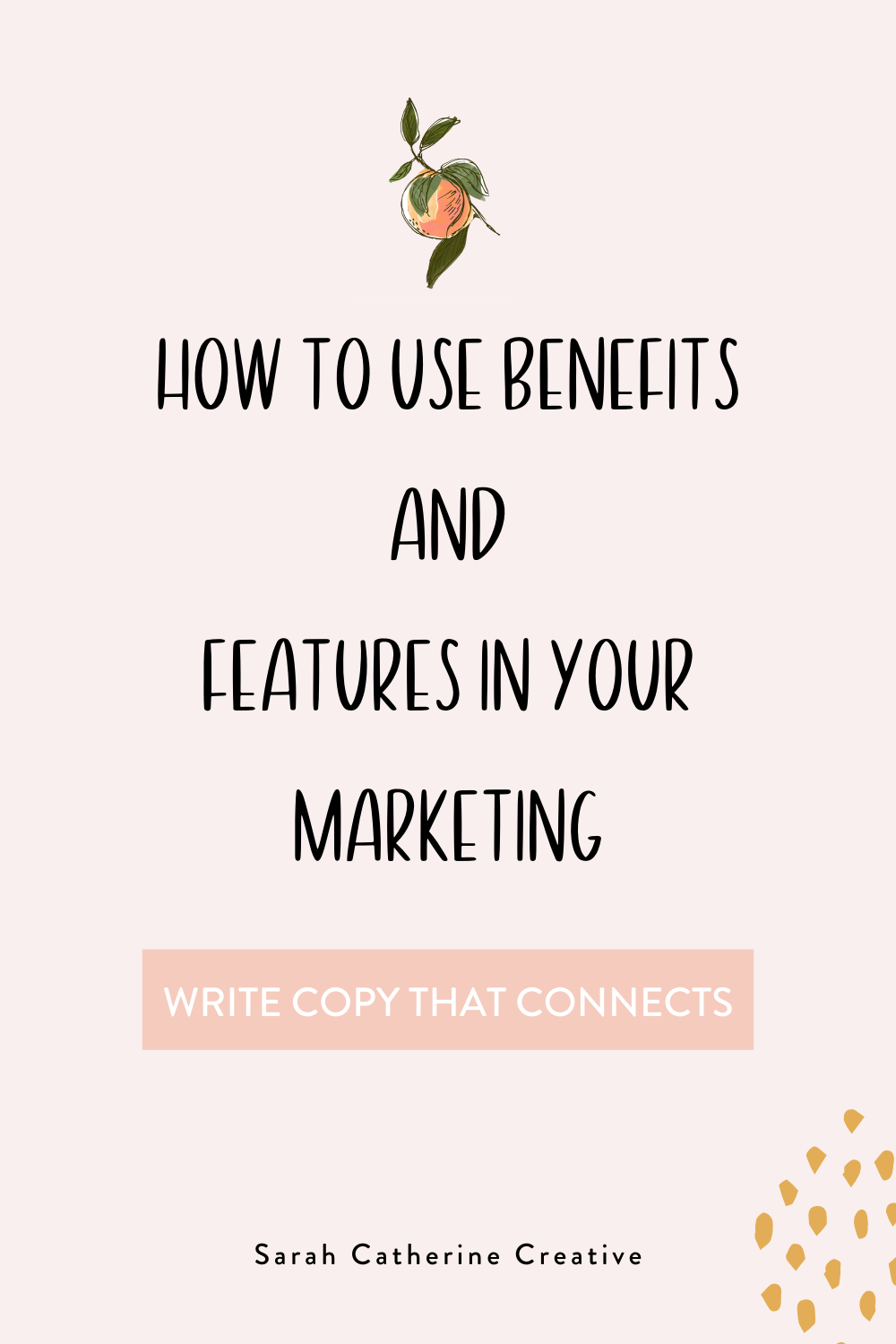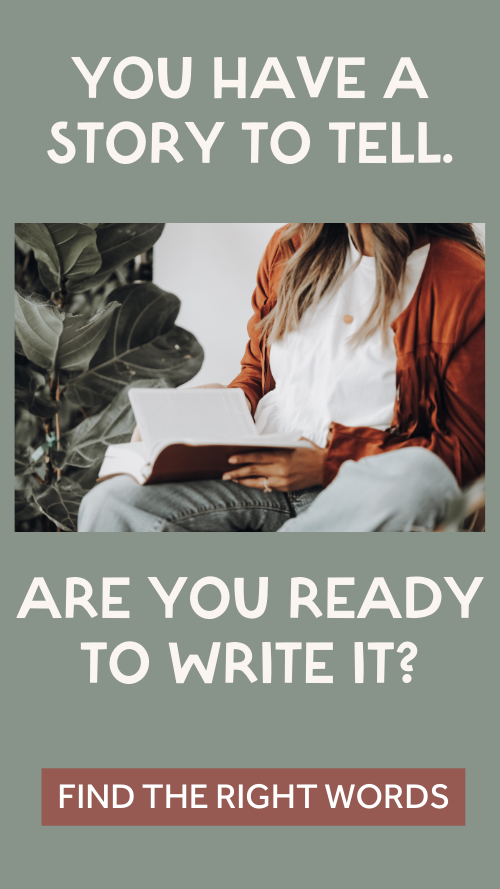Understanding Benefits And Features + Using Them In Your Marketing
When it comes to marketing, there are two main approaches to how and what you write. Features and benefits.
You’ve probably heard of “features and benefits” before. Maybe you read the words in some eyes-glazing marketing article. Or you remember a chapter buried deep in a hefty college marketing textbook that’s sitting on your bookshelf, gathering dust.
But understanding the difference between features and benefits and knowing how to craft a message around them are valuable cornerstones of your marketing.
So let’s get started.
What is a Feature?
A feature is something that your product has or is. This includes all the shiny bells and whistles you’ve worked so hard to develop.
Let’s use the example of your favorite pair of jeans. A feature would be the high waist, the length of the jeans, the thread count, the material, or the number of buttons.
So what about benefits?
What is a Benefit?
Benefits are the outcomes or results that people will experience by using your product or service. The benefits are the very reason why a prospective client becomes an actual client.
Sticking with the same example of jeans… If I asked you why those jeans were your favorite, what would your answer be?
You probably won’t answer that the 28-inch inseam or the material the button is made of is what makes it your favorite.
Instead, you’ll most likely answer, “They’re so comfortable.” Or “they fit really well and make my butt look great.” Or, for my shoe-loving gals, you may love that they look good with your favorite pair of heels or boots.
Those are benefits!
The difference is features tell, benefits sell.
So, which of these approaches do you think is more effective in marketing?
Hint: If you answered benefits, you’re right!
And you don’t have to take my word for it. Harvard Business School marketing professor Theodore Levitt said, “People don’t want to buy a quarter-inch drill. They want a quarter-inch hole.”
His point was that people have a problem, and your product can be a solution. When you show them how you help them reach their goals and solve their problems, they’re ready to buy.
Benefits Drive Emotions & Sales
All purchases are driven by emotion. So, when you’re trying to make an emotional connection with someone, fancy specs about your product or service don’t go deep enough.
Instead, you want to paint a picture of the person’s future and the benefits your product or service brings to their life. And often, your offering is the perfect solution to a problem your client has been struggling with!
Maybe their skin is too dry, their shoes smell sweaty, or their website isn’t converting. You could step into their life TODAY and make their day better, make their skin clearer, or help them scale their business.
When you look at it from your client’s perspective, you’ll be reeling your clients in faster than you can say ‘sale.’ Because you’re connecting to their deeper emotions and needs.
And studies have found that emotionally compelling copy leads to three times as many conversions
Turning Features Into Benefits
So you want to lead with benefits… but feeling stuck on how to get started?
You can transform your features into benefits. Here are the questions to ask:
-
What does your product or service have or do?
-
So what? What effect does this have on my client’s life?
-
Does this cause a positive emotion or eliminate a negative emotion (or both)?
Basically, after you think of each feature, ask a simple question – ‘so what?’
Is it really as easy as asking so what?
Yes!
Here are 10 examples of common product features that can be rewritten to show your audience how it helps them.
-
64GB hard drive…. Plenty of space to store all your files
-
Batteries included…. Ready to use
-
Contains hyaluronic acid…. Boosts your skin’s moisture
-
Lightweight …. Easy to carry and use on the go. You won’t strain your back carrying it.
-
5-year warranty ….Peace of mind. No worries if it stops working
-
Power-assisted steering …. Complete control and precision as you drive
-
Started in 1920 …. 100 years’ experience
-
Website designer …. get a professional look without spending hours doing it yourself
-
Hard plastic case …. Durable and ready to go anywhere
Don’t let the reader guess what your product does.
That’s what happens when you lead with features. If they don’t know what your product does for them, they won’t want to potentially waste their hard-earned cash on a leap of faith. Or worse, they’ll simply click off your page and go somewhere else.
Benefits and emotional connections with your clients make all the difference.
Know Your Client To Understand What Benefits They Want
All products have more than one feature, and each feature has a benefit.
So even though you’re already asking, “so what?” you need to know WHO is asking that question.
To know what benefits to describe to your potential client, you first need to understand the benefits they’re wanting and needing!
People want many things, but how do you find the real benefits your potential clients are seeking?
That comes back to the very basics of knowing your potential client. Being able to empathize with them and see their worldview. This will give you an understanding of their desires, wishes, and pain points.
To clearly communicate with your dream clients, your marketing copy needs to show you:
-
Understand what they’re going through
-
Appreciate their struggle(s)
-
Can connect with their challenges
-
… And have a solution for them!
From phones to shampoo, focusing on benefits can be applied to almost anything. Landing pages, ads, product descriptions, blogs, and so much more!
Just remember the two magic words, “So what?”
When you read your content through that lens, it’s hard to go wrong with your messaging.





I’m a wife, mom, and storyteller who has spent more than five years helping 100+ brands with their marketing. I’m here to tell stories with heart, and empower other women to boldly share theirs.